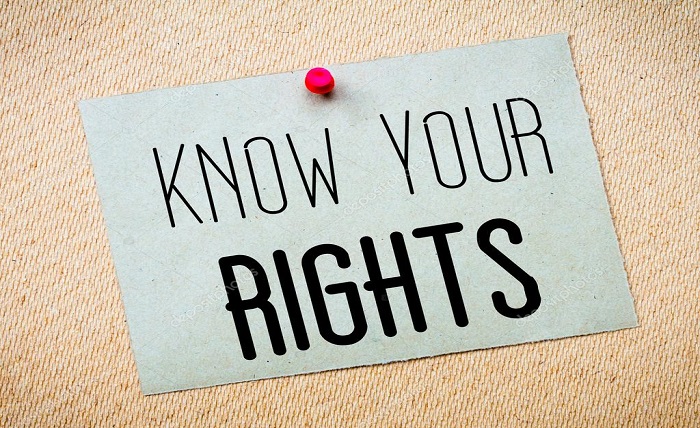The Right of Way: A Guide to Understanding Your Rights

You’ve recently acquired your driver’s license, and the open road is calling your name. You get to an intersection intending to make a right turn. However, you’re unsure if you should turn right on red. What do you do now that you believe you have the right of way?
Such a scenario underscores the importance of understanding your rights while on the road. Similarly, you might wonder, what is the difference between right of way u-turn VS right-turn? Hale Law explains this in detail – check out the linked resource for more insights.
Right of way means you get to proceed first when two vehicles are approaching a stop sign or an intersection, for instance. This can be a right turn, a left turn, or a U-turn. However, you don’t always have the right of way. So, when are you required to yield your right of way? Let’s examine some driving scenarios to clear things up.
Multiple Lane Intersections
If you’re making a right turn at an intersection with multiple lanes, you need to yield the right of way to any vehicle coming straight ahead on the other side. This is regardless of whether it’s a truck or a bike.
So, what happens if a two-lane road intersects a four-lane highway? In such a case, remember that the vehicles on the wider highway are likely to have higher speeds (large roads usually have higher speed limits). Hence, look both ways carefully before making your turn – if that’s your intention. That said, if you’re on a smaller road, you should yield to vehicles on the highway.
Yield means allowing another vehicle to proceed ahead of you, even if it means slowing down or stopping your car. In so doing, you can avoid the risk of a collision.
Intersections
When approaching an intersection, the car coming from your right has the right of way. This is regardless of whether it’s a two-way or four-way stop. For example, if you’re stopped at a red light on one side, and another vehicle is coming from the other side, and they have a green light, they have the right of way. As a result, you should wait for them to pass before making your move.
What about uncontrolled intersections – without traffic signs or signals? Usually, the right of way belongs to the car that arrives first. Hence, if you get to an intersection and find a vehicle waiting to make a left turn ahead, give them the right of way. However, if two vehicles arrive simultaneously, the one on your right gets priority. Along the same lines, oncoming traffic has the right of way if you’re at an intersection and intend to turn left.
And if an unpaved road intersects with a paved road, vehicles on the paved road have the right of way. Consequently, if you’re driving on an unpaved road and want to join a paved one, you should wait for the traffic on the paved road to clear before making your move.
Similarly, pedestrian traffic has the right of way at an intersection. The same rule applies at crosswalks.
Bicyclists should also abide by the same rules – as they’re classified as vehicles in most states. So, whenever you encounter a bicycle at an intersection, ensure you give them the right of way as required by law.
Emergency Vehicles
If an emergency vehicle like a police car or a fire truck approaches you with its siren and lights on, you must yield. Pull over to the side of the road (if there’s room for the maneuver) so they can pass safely.
Merging into Traffic
When merging onto a highway or other busy roads, yield the right of way to traffic already on the road. Look for an opening and merge into it so as not to impede cars behind you. The idea is to merge smoothly into the flow of traffic.
Highway Ramps
You must yield to traffic on the main road when joining a highway ramp – regardless of whether the road has signs or not. If you’re driving on the exit ramp and the other driver is on the access ramp, the latter should yield to you.
Safety Comes First
Understanding the concept of the right of way is essential to safe driving. And when everyone respects it, we can all benefit from a safe journey. And truth be told, granting the right of way can sometimes be confusing – even for experienced drivers. If in doubt, yield – a little caution won’t hurt.
We hope this guide clarifies the different scenarios in which you must yield the right of way. Even so, don’t insist on exercising your right of way if it compromises safety. If the other driver refuses to abide by the law, don’t try to prove a point- it’s not worth getting into an accident. Remember, safety should always come first behind the wheel.
Ultimately, while we associate driving with many freedoms, it also means we have a lot of responsibility. Taking the time to learn and understand key driving rules can keep you and everyone else safe on the roads.





